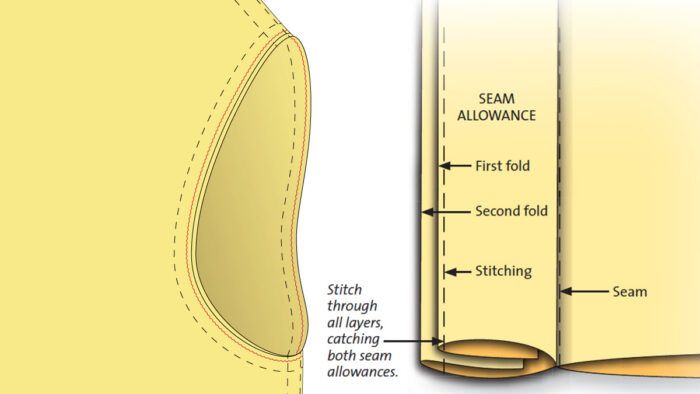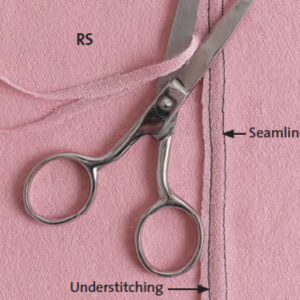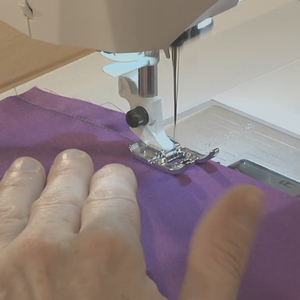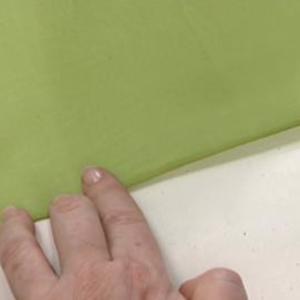Make a Faux French Seam
Control fabric layers for accurate seam finishing
Turn of cloth is familiar to most garment sewers and quilters. Whenever fabric is folded, some of its width is taken up by the fold. A fabric folded in half always measures less than half its original width. The difference is almost unnoticeable in thin fabrics but becomes more obvious in bulkier fabrics.
Turn of cloth also has an effect when one piece of fabric wraps around another. For example, a shirt cuff’s inner layer must go around your wrist, but the cuff’s outer layer has to go around the inner layer as well as your wrist. Therefore, the outer layer must be slightly larger.
Each time you sew layered and folded fabric, such as in a collar, jacket lapel, cuff, or lined patch pocket, you deal with turn of cloth. If you’ve ever turned up a hem on a straight garment, especially one in a thick fabric, and wondered why the fabric on the inside is puckering, the culprit is probably turn of cloth. The hem allowance does not fit within the hem of the same circumference. Turn of cloth is a factor that can create challenges in garment construction, but it can sometimes be a good thing. Following are simple ways to take advantage of it to make your sewing easier and neater.
Faux French seam
This seam allowance finish produces an effect that looks like a French seam, but it can be applied after the seam is sewn conventionally with right sides together. Note that, like most seam finishes, this must be done before the seam is crossed by another seam.
Sewing the finish
1. Press the seam allowances open. Fold in one seam allowance’s raw edge to the seam and press. Keep the folded seam allowance width as even as possible.
…
Start your 14-day FREE trial to access this story.
Start your FREE trial today and get instant access to this article plus access to all Threads Insider content.
Start Your Free TrialAlready an Insider? Log in

































Log in or become a member to post a comment.
Sign up Log in